10 Endangered Species You Can Help Save Today
Discover 10 endangered species you can help save today—from gorillas to sea turtles. Learn how to make a real impact in protecting our planet’s wildlife.
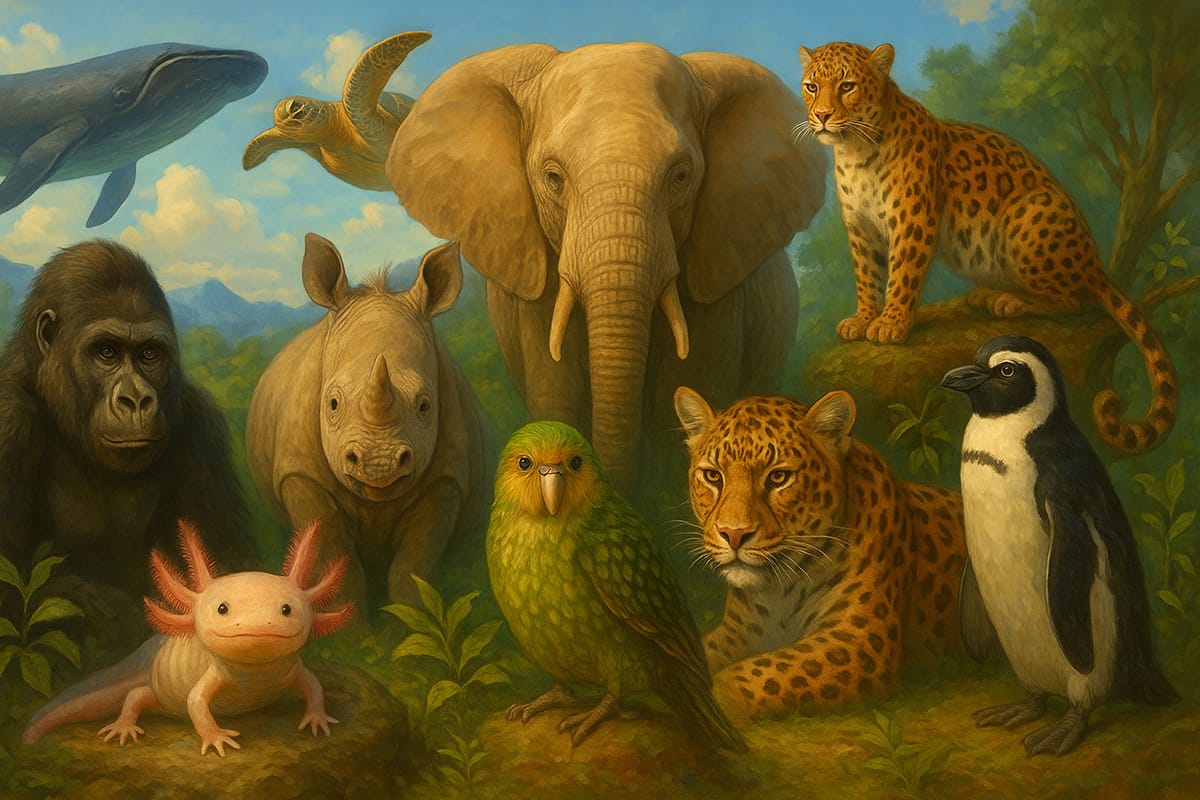
Why Endangered Species Matter
Every creature has a role in nature’s grand design. From the tiniest bee to the largest whale, each species contributes to the delicate balance that keeps ecosystems thriving. But today, thousands of species are at risk of vanishing forever — often due to human actions like deforestation, pollution, climate change, and illegal wildlife trade.
The good news? You can help — right now.
You don’t have to be a scientist or move to the rainforest to make a difference. With awareness, small lifestyle changes, and support for the right organizations, you can become a part of the solution.
Let’s meet ten endangered species fighting for survival — and explore how you can be their ally.
1. 🦍 Mountain Gorilla (Gorilla beringei beringei)
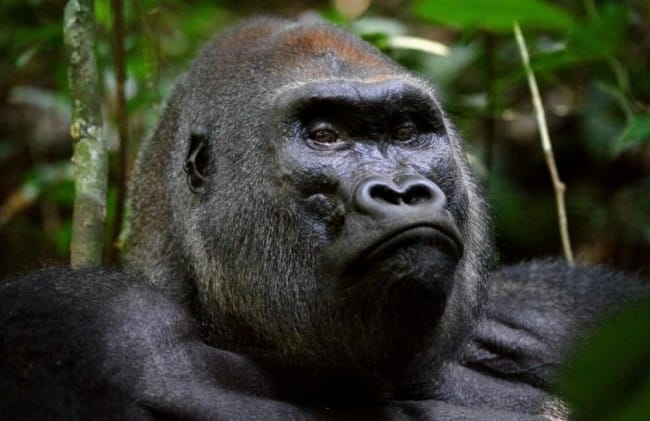
Status: Critically Endangered
Population: ~1,063 (as of 2023)
Habitat: Forests in Uganda, Rwanda, and the Democratic Republic of Congo
These gentle giants share about 98% of our DNA and live in tight-knit family groups. Once on the brink of extinction, their population is slowly recovering thanks to dedicated conservation efforts.
How You Can Help:
- Support ecotourism programs like those in Rwanda and Uganda that fund local communities and gorilla protection.
- Donate to groups like the Dian Fossey Gorilla Fund.
- Choose sustainably sourced wood and paper to reduce deforestation.
2. 🐯 Amur Leopard (Panthera pardus orientalis)
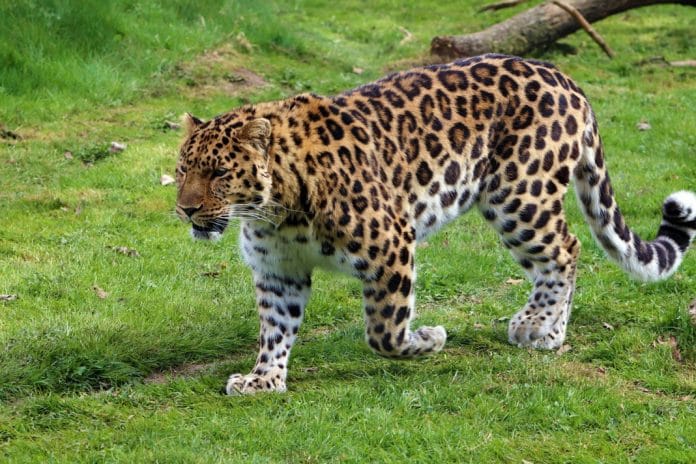
Status: Critically Endangered
Population: Fewer than 120 in the wild
Habitat: Russian Far East and Northeast China
The Amur leopard is one of the rarest big cats in the world. Poaching, habitat loss, and inbreeding have pushed it to the edge of extinction.
How You Can Help:
- Avoid products made from endangered animals or unsustainable palm oil.
- Support WWF and the Amur Leopard and Tiger Alliance (ALTA).
- Spread awareness on social media with official campaign hashtags.
3. 🐋 North Atlantic Right Whale (Eubalaena glacialis)

Status: Critically Endangered
Population: ~340
Habitat: North Atlantic Ocean (U.S. and Canadian waters)
These slow-moving whales often fall victim to ship strikes and fishing gear entanglement. With females giving birth only every 3–10 years, recovery is slow and difficult.
How You Can Help:
- Support policies promoting safer shipping routes and sustainable fishing.
- Reduce plastic use (plastics contribute to marine life deaths).
- Donate to organizations like Oceana or Whale and Dolphin Conservation (WDC).
4. 🐘 Asian Elephant (Elephas maximus)
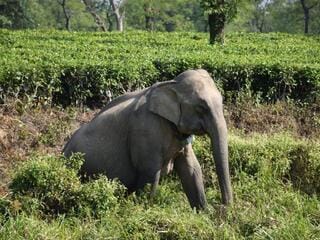
Status: Endangered
Population: ~40,000–50,000
Habitat: India, Sri Lanka, Southeast Asia
Often overshadowed by their African cousins, Asian elephants are vital to their ecosystems but face poaching, habitat loss, and conflict with humans.
How You Can Help:
- Avoid elephant rides and circuses using wild animals.
- Support sanctuaries that offer ethical, hands-off wildlife experiences.
- Shop eco-consciously to reduce deforestation-driven agriculture.
5. 🐧 African Penguin (Spheniscus demersus)
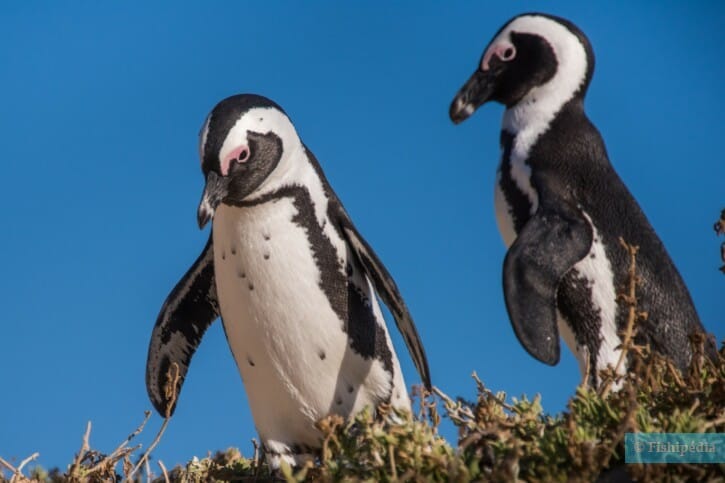
Status: Endangered
Population: Estimated 10,000 breeding pairs
Habitat: Southern African coasts and islands
Known for their comical waddle and tuxedo-like feathers, these penguins are declining rapidly due to overfishing and oil spills.
How You Can Help:
- Choose sustainably caught seafood (look for the MSC blue label).
- Support groups like SANCCOB, which rehabilitate injured penguins.
- Reduce oil and plastic pollution in daily life.
6. 🐢 Hawksbill Sea Turtle (Eretmochelys imbricata)
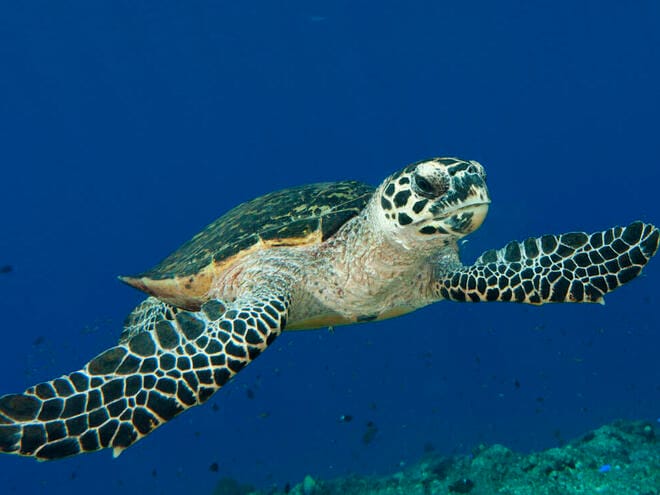
Status: Critically Endangered
Population: Unknown, but rapidly declining
Habitat: Tropical coral reefs, worldwide
These beautiful turtles are hunted for their striking shells, often turned into jewelry (illegal but still sold).
How You Can Help:
- Never buy "tortoiseshell" jewelry or accessories.
- Reduce single-use plastic (bags, straws, etc.) that end up in oceans.
- Support beach cleanups and sea turtle nesting programs.
7. 🐨 Northern Hairy-nosed Wombat (Lasiorhinus krefftii)

Status: Critically Endangered
Population: ~315 individuals (2024)
Habitat: Epping Forest National Park, Australia
This rare marsupial has a great name — and a tiny population. Disease, drought, and habitat loss have made their future uncertain.
How You Can Help:
- Support Australian wildlife recovery programs.
- Advocate for climate change action, which affects fragile habitats.
- Share stories of lesser-known endangered species.
8. 🦜 Kakapo (Strigops habroptilus)
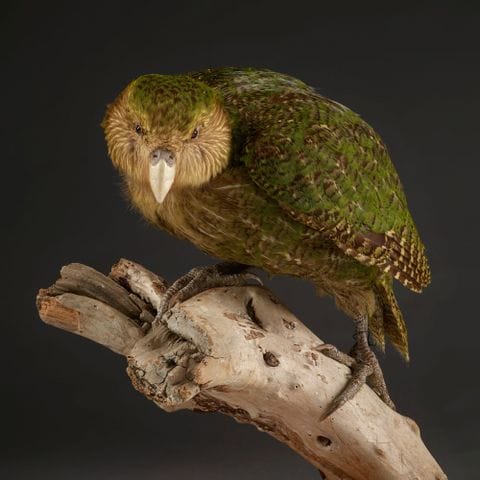
Status: Critically Endangered
Population: ~250 individuals
Habitat: Islands off the coast of New Zealand
The kakapo is a nocturnal, flightless parrot with a quirky personality and an unforgettable face. Despite its charm, it’s one of the rarest birds on Earth.
How You Can Help:
- Support the Kakapo Recovery Program.
- Avoid supporting exotic pet trades, which hurt wild populations.
- Stay updated and share the progress of rare species conservation efforts.
9. 🐸 Axolotl (Ambystoma mexicanum)
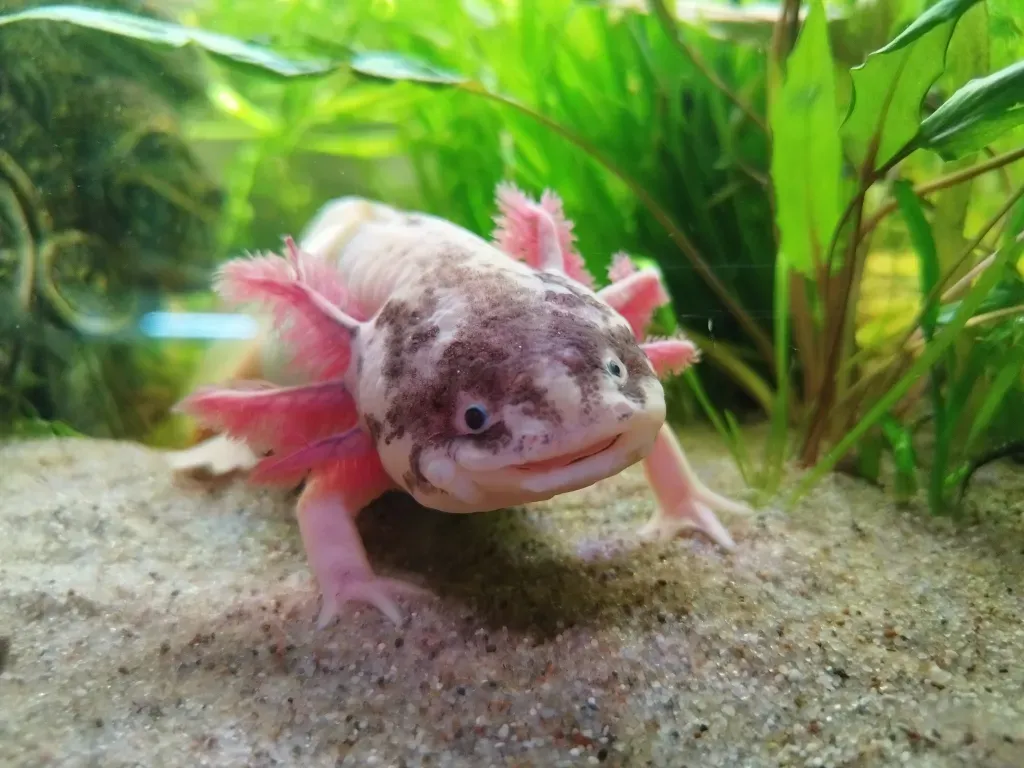
Status: Critically Endangered in the wild
Population: ~50–1,000 in the wild (millions in labs/aquariums)
Habitat: Lakes Xochimilco and Chalco, Mexico City
Known for their frilly gills and amazing ability to regenerate limbs, axolotls are science’s favorite salamanders — but pollution and habitat loss are killing them in the wild.
How You Can Help:
- Avoid flushing medications and chemicals, which end up in waterways.
- Support habitat restoration in Mexico through local NGOs.
- Don’t support irresponsible pet trades.
10. 🦌 Saola (Pseudoryx nghetinhensis) – “The Asian Unicorn”
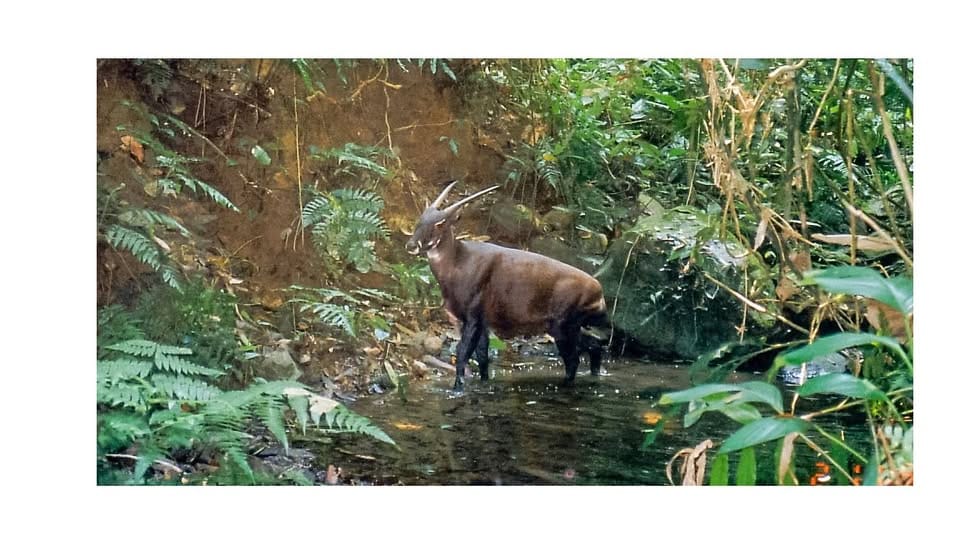
Status: Critically Endangered
Population: Fewer than 100 (exact number unknown)
Habitat: Annamite Mountains, Laos, and Vietnam
The saola is so elusivethat it’s rarely seen in the wild. Dubbed the “Asian unicorn,” this antelope-like creature is one of the rarest animals on the planet.
How You Can Help:
- Donate to the Saola Working Group.
- Support wildlife corridors that connect fragmented habitats.
- Share their story to help raise awareness.
🌱 How You Can Be an Everyday Eco-Hero
Helping endangered species doesn’t require a cape — just commitment. Here are simple but powerful actions you can take starting today:
✅ What You Can Do:
- Use less plastic and opt for reusables
- Shop responsibly (avoid unsustainable palm oil, exotic woods, or animal products)
- Donate to or volunteer with conservation nonprofits
- Educate others — awareness leads to action
- Support climate action through voting and advocacy
💚 Organizations Worth Supporting
- WWF (World Wildlife Fund)
- The Nature Conservancy
- Oceana
- Wildlife Conservation Society
- Rainforest Trust
- Sea Turtle Conservancy
- EDGE of Existence Program
📣 Final Thoughts: You Have a Voice — Use It for Nature
Every species listed here is part of something bigger — the web of life that sustains us all. Their loss is not just tragic; it’s a warning. But you have the power to change the story.
Whether you're teaching a child about gorillas, skipping plastic at the store, or donating $5 to a conservation group, you are part of the solution.
Nature doesn’t need us to be perfect. It just needs us to care — and act.
📥 Want to Do More?
Subscribe to my newsletter for wildlife updates, eco-tips, and stories of real-world conservation success. 🌿